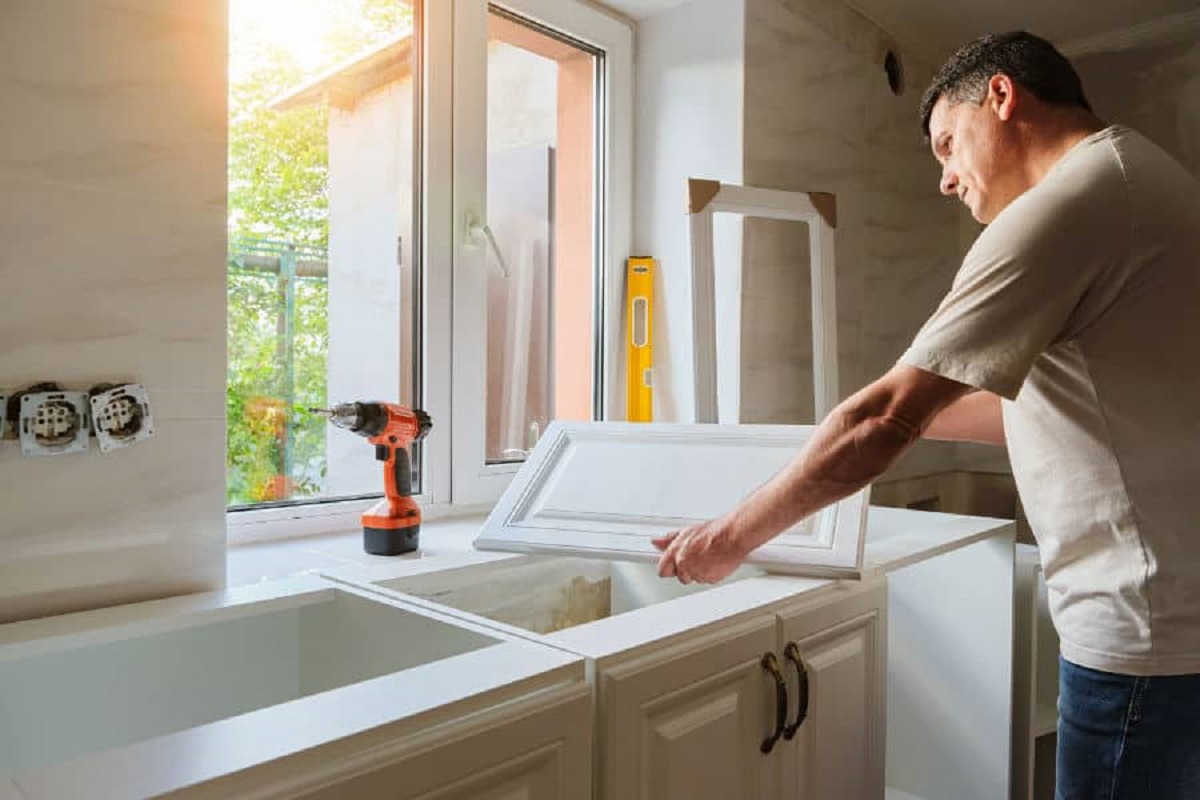

Articles
How To Fix Warped Cabinet Door
Modified: May 6, 2024
Learn how to fix a warped cabinet door with these easy home maintenance tips and restore functionality to your kitchen cabinets.
(Many of the links in this article redirect to a specific reviewed product. Your purchase of these products through affiliate links helps to generate commission for Storables.com, at no extra cost. Learn more)
Introduction
Warped cabinet doors can be a frustrating problem, causing issues with functionality and aesthetics in your kitchen or bathroom. Fortunately, there are methods to fix and restore warped cabinet doors without the need to replace them entirely. By addressing the underlying causes and applying simple techniques, you can bring your cabinet doors back to their original shape and ensure smooth operation.
In this article, we will explore the common causes of warped cabinet doors and provide step-by-step instructions on how to fix them. We will also share valuable tips to prevent cabinet door warping in the future, ensuring longer-lasting functionality and preserving the overall appeal of your cabinetry.
Key Takeaways:
- Say goodbye to warped cabinet doors by addressing the root causes such as moisture, temperature changes, and improper installation. Use heat and moisture, clamps and weight, or steam to restore your cabinet doors to their original shape.
- Prevent cabinet door warping by ensuring proper installation, controlling moisture levels, avoiding direct heat exposure, and using high-quality materials. Regular maintenance and prompt cleaning of spills can also help maintain the integrity of your cabinetry.
Read more: How To Fix Warped Siding
Common Causes of Warped Cabinet Doors
Before diving into the solutions, it’s important to understand the potential causes of warped cabinet doors. By identifying the underlying issue, you can implement effective repair strategies that address the root problem. Here are some common culprits behind warped cabinet doors:
- Moisture: Excessive humidity or exposure to water can cause the wood to expand, leading to warping.
- Temperature Changes: Drastic temperature fluctuations, such as near stoves or ovens, can cause the wood to contract and expand unevenly.
- Improper Installation: If the cabinet doors were not installed correctly, they may be prone to warping and misalignment.
- Low-Quality Materials: Cabinets made from low-quality or poorly seasoned wood are more likely to warp over time.
Tools and Materials Needed
Before you begin the repair process, gather the necessary tools and materials to ensure a smooth and successful outcome. Here’s a list of what you’ll need:
- Heat Gun or Hair Dryer
- Moisture Barrier or Plastic Sheet
- Clamps or Strap Clamps
- Weights or Heavy Objects
- Steam Generator or Steam Iron with Boiler
- Screwdriver
- Sandpaper or Electric Sander
- Wood Glue
Now that you have all the necessary tools and materials, let’s move on to the methods for fixing warped cabinet doors.
Key Takeaways:
- Say goodbye to warped cabinet doors by addressing the root causes such as moisture, temperature changes, and improper installation. Use heat and moisture, clamps and weight, or steam to restore your cabinet doors to their original shape.
- Prevent cabinet door warping by ensuring proper installation, controlling moisture levels, avoiding direct heat exposure, and using high-quality materials. Regular maintenance and prompt cleaning of spills can also help maintain the integrity of your cabinetry.
Read more: How To Fix Warped Siding
Common Causes of Warped Cabinet Doors
Warped cabinet doors can be a frustrating problem, but understanding the common causes behind them can help you address the issue effectively. Here are some of the main culprits behind warped cabinet doors:
1. Moisture: Excessive moisture is one of the primary causes of cabinet door warping. Cabinets located near water sources, such as sinks or dishwashers, are particularly susceptible. When wood absorbs moisture, it expands, causing the door to warp and twist. To prevent this, ensure proper ventilation and avoid placing hot or wet items directly on the cabinet doors.
2. Temperature Changes: Drastic temperature fluctuations can cause wood to contract and expand. This can happen near appliances like stoves or ovens, where heat levels can fluctuate rapidly. The uneven expansion and contraction can lead to warping over time. To minimize this, consider installing heat shields or using insulated padding between the cabinet door and appliances.
3. Improper Installation: If the cabinet doors were not installed correctly, they may be prone to warping. Poor alignment, inadequate gaps for expansion, or improper fastening can all contribute to door warping. When installing new cabinet doors or replacing existing ones, it is crucial to follow proper installation guidelines and ensure a secure and level fit.
4. Low-Quality Materials: The quality of the wood used in cabinets can also be a contributing factor to door warping. Cabinets constructed with low-quality or improperly dried wood are more susceptible to warping over time. Investing in cabinets made from high-quality, well-seasoned wood can help minimize the risk of warping and ensure longevity.
5. Age and Wear: Over time, cabinet doors can naturally warp due to wear and tear. Constant opening and closing, exposure to moisture and varying temperatures can weaken the wood, making it more prone to warping. Regular maintenance, such as sealing the wood or applying protective coatings, can help slow down the effects of aging and prolong the lifespan of the doors.
By identifying the underlying cause of your cabinet door warping, you can take the necessary steps to fix the issue and prevent future damage. In the next sections, we will explore different methods for repairing warped cabinet doors.
Tools and Materials Needed
Before you can start fixing your warped cabinet doors, it’s important to gather the necessary tools and materials. Having everything prepared beforehand will save you time and ensure a smooth repair process. Here’s a list of the tools and materials you’ll need:
1. Heat Gun or Hair Dryer: You’ll need either a heat gun or a hair dryer to apply controlled heat to the warped areas of the cabinet door. This helps to soften the wood fibers and make them more pliable for the straightening process.
2. Moisture Barrier or Plastic Sheet: To prevent damage to surrounding areas, it’s essential to have a moisture barrier or plastic sheet. This will protect the other parts of your cabinets from excess heat and moisture during the straightening process.
3. Clamps or Strap Clamps: Clamps are necessary to hold the door in a straight position while it cools down. You can use either bar clamps or strap clamps, depending on your preference and the size of the cabinet door.
4. Weights or Heavy Objects: Adding weights on top of the door can help further straighten it. You can use heavy objects like books or dumbbells. The weight will apply pressure to the warped areas and assist in reshaping the door.
5. Steam Generator or Steam Iron with Boiler: If you’re using the steam method to fix your warped cabinet doors, you’ll need a steam generator or a steam iron with a boiler. Steam will help to soften the wood fibers and allow you to reshape the door.
6. Screwdriver: A screwdriver is essential for removing the cabinet door from its hinges. This will give you better access to the affected area and allow you to work on it more effectively.
7. Sandpaper or Electric Sander: Sandpaper or an electric sander will be needed to smooth out any rough or uneven surfaces after the straightening process is complete. This will help restore the door to its original finish.
8. Wood Glue: In some cases, you may notice loose joints or separations in the door due to warping. Wood glue will come in handy for reattaching any loose or separated parts, ensuring a secure and durable repair.
By having these tools and materials ready, you’ll be fully equipped to tackle the task of fixing your warped cabinet doors. Now let’s dive into the different methods you can use to repair them.
To fix a warped cabinet door, try removing it and placing it on a flat surface with heavy objects on top to straighten it out. If that doesn’t work, consider replacing the door.
Read more: How To Fix A Cabinet Door
Method 1: Using Heat and Moisture
One effective method for fixing warped cabinet doors is by using heat and moisture to reshape the wood fibers. This technique allows you to soften the affected area, making it more pliable and easier to straighten. Here’s how you can use heat and moisture to fix warped cabinet doors:
- Start by removing the cabinet door from its hinges using a screwdriver. This will give you better access to the affected area.
- Prepare a heat gun or a hair dryer on its highest setting. Hold the heat source about two inches away from the warped area and move it in a slow, circular motion. This will evenly distribute the heat and prevent any damage to the wood.
- Continue applying heat to the area for a few minutes, until the wood becomes pliable. Be cautious not to overheat the wood, as this can lead to further damage or scorching.
- Once the wood is pliable, gently apply pressure to the warped area, straightening it as much as possible. You can use your hands or a flat surface, such as a countertop, as a guide to ensure a straight alignment.
- While maintaining the pressure, place the cabinet door on a moisture barrier or plastic sheet. Mist the warped area with water, using a spray bottle, to introduce moisture. This helps to further soften the wood fibers and aids in the straightening process.
- Next, carefully place the door back in its original position and secure it with clamps. Apply enough pressure to keep the door straight but be careful not to overtighten and risk damaging the wood.
- Leave the clamps in place until the door cools down completely. This can take several hours or even overnight, depending on the thickness and severity of the warp.
- Once the door has cooled down, remove the clamps and check for any residual warping. If necessary, repeat the process of heating and straightening.
- Finally, use sandpaper or an electric sander to smooth out any rough or uneven surfaces. This will restore the door to its original finish, making it ready for reinstallation.
Using heat and moisture to fix warped cabinet doors can be effective for gentle warping. However, for more severe cases, alternative methods may be required. In the next section, we will explore another technique using clamps and weights to straighten cabinet doors.
Method 2: Using Clamps and Weight
If your cabinet door has a more pronounced warp, using clamps and weight can be an effective method to straighten it. This technique applies pressure to the warped area, gradually reshaping the wood fibers and restoring the door to its original form. Here’s how you can use clamps and weight to fix warped cabinet doors:
- Start by removing the cabinet door from its hinges using a screwdriver, providing better access to the affected area.
- Identify the direction and extent of the warp. Take note of the concave and convex sides of the door.
- Place the door on a flat surface, with the convex side facing up.
- Apply wood glue to any loose joints or separations that may have occurred due to warping. Secure these areas together using clamps, allowing the glue to dry completely according to the manufacturer’s instructions.
- Once the glue is dry, flip the door over so that the concave side is facing up.
- Position clamps on either side of the warped area, ensuring that they are secure and exerting even pressure.
- Add weight on top of the clamped area. You can use heavy objects like books, dumbbells, or bricks. The weight will apply downward pressure, gradually straightening the warped wood.
- Leave the clamps and weight in place for at least 24 hours to allow the wood to slowly reshape.
- After the designated time, remove the clamps and weight and check the door for any residual warping. If necessary, repeat the process of clamping and using weight until the desired straightness is achieved.
- Use sandpaper or an electric sander to smooth out any rough edges or uneven surfaces.
- Reinstall the cabinet door back onto its hinges, ensuring a proper fit and alignment.
Using clamps and weight is an effective method for correcting moderate to severe warping in cabinet doors. However, in cases where the wood is resistant to shaping, alternative methods, such as using steam, can be employed. In the next section, we will explore the steam method for fixing warped cabinet doors.
Method 3: Using Steam
Using steam is another effective method for fixing warped cabinet doors, especially when dealing with stubborn warping. The steam softens the wood fibers, making them more pliable and easier to reshape. Here’s how you can use steam to fix warped cabinet doors:
- Remove the cabinet door from its hinges using a screwdriver to provide better access to the affected area.
- Prepare a steam generator or a steam iron with a boiler. Make sure to follow the manufacturer’s instructions for safe operation.
- Position the cabinet door in a well-ventilated area, such as a workshop or outdoor space.
- Hold the steam generator or steam iron close to the warped area, allowing the steam to penetrate the wood fibers. Move the steam source back and forth over the entire warped area to ensure even distribution.
- Continue applying steam for several minutes, making sure the wood becomes sufficiently heated and saturated.
- Once the wood is soft and pliable, carefully manipulate the door to straighten the warped area. You can use your hands or a flat surface, such as a countertop, to guide the door back into shape.
- While the wood is still warm and flexible, secure the door in its straight position using clamps. Apply enough pressure to keep the door straight but be cautious not to overtighten and damage the wood.
- Leave the clamps in place until the door cools down completely. This may take several hours or even overnight.
- Once the door has cooled, remove the clamps and check for any residual warping. Repeat the process of steaming and reshaping if necessary.
- Use sandpaper or an electric sander to smooth out any rough edges or uneven surfaces.
- Reinstall the cabinet door back onto its hinges, ensuring a proper fit and alignment.
Using steam is particularly effective for reshaping stubbornly warped cabinet doors. The heat and moisture from the steam soften the wood fibers, making them more receptive to reshaping. However, caution must be exercised while handling hot steam to avoid burns or injury. It’s essential to follow all safety precautions and manufacturer’s instructions when using steam-generating devices.
By using the method that best suits your situation, you can effectively fix warped cabinet doors and restore their functionality and aesthetics. However, it’s important to note that prevention is always better than cure. In the next section, we will provide some valuable tips for preventing cabinet door warping in the first place.
Tips for Preventing Cabinet Door Warping
Prevention is the key to maintaining the integrity and longevity of your cabinet doors. By following these tips, you can minimize the risk of cabinet door warping and ensure they remain in optimal condition:
1. Proper Installation: Ensure that your cabinet doors are installed correctly. Improper installation, such as inadequate gaps for expansion or misalignment, can lead to warping over time. Hiring a professional or following installation guidelines diligently can help prevent this issue.
2. Seal or Finish the Wood: Applying a sealant or finish to your cabinet doors can help protect the wood from moisture and temperature fluctuations. Choose a high-quality sealant or finish that is suitable for the type of wood used in your cabinets.
3. Control Moisture Levels: Keep the humidity levels in your kitchen or bathroom under control. Excessive moisture can cause the wood to expand and warp. Use a dehumidifier or ventilation system to maintain the proper humidity levels in these areas.
4. Avoid Direct Heat Exposure: Keep your cabinet doors away from direct heat sources like stoves, ovens, or radiators. Heat exposure can cause the wood to contract and expand unevenly, leading to warping. Install a heat shield or use insulated padding to protect your cabinets in these situations.
5. Clean Spills Promptly: If any liquids come into contact with your cabinet doors, wipe them up immediately. Liquids can seep into the wood and cause damage over time. Regularly clean your cabinet doors with a dry or slightly damp cloth to remove any accumulated dirt or moisture.
6. Do Not Place Hot or Wet Items Directly on Cabinet Doors: Avoid placing hot pots, pans, or wet items directly on your cabinet doors. Use trivets, coasters, and dish drying racks to prevent moisture and heat from being trapped against the wood.
7. Regular Maintenance: Regularly inspect your cabinet doors for any signs of warping or damage. Address any issues promptly to prevent further deterioration. Apply a fresh coat of sealant or finish as recommended by the manufacturer to maintain the wood’s protection.
8. Quality Materials: Invest in high-quality cabinets made from well-seasoned, durable wood. Quality materials are less likely to warp and will provide greater longevity and durability.
By following these tips, you can prevent cabinet door warping and keep your cabinetry looking and functioning at its best. However, if any warping occurs, the methods outlined in this article can help you fix the issue and restore your cabinet doors to their original shape.
Read more: How To Fix A Cabinet Door Hinge
Conclusion
Dealing with warped cabinet doors can be a frustrating experience, but with the right techniques and preventive measures, you can successfully fix and prevent this issue. By understanding the common causes of warping, such as moisture, temperature changes, improper installation, and low-quality materials, you can address the root problem and implement appropriate solutions.
Using methods like heat and moisture, clamps and weight, or steam, you can reshape the wood fibers and bring your cabinet doors back to their original form. Whether you choose to use heat and moisture to soften the wood, apply pressure with clamps and weight, or utilize steam to reshape stubborn warping, each method has its own benefits and effectiveness depending on the severity of the warp.
Prevention is always better than having to fix cabinet door warping. Proper installation, sealing or finishing the wood, controlling moisture levels, avoiding direct heat exposure, promptly cleaning spills, avoiding placing hot or wet items directly on the doors, regular maintenance, and using quality materials are all crucial steps to prevent warping in the first place.
By following these tips and techniques, you can ensure the longevity and functionality of your cabinet doors, preserving the overall appeal of your cabinetry. Remember to gather the necessary tools and materials, exercise caution when handling heat and steam, and assess the severity of the warp before choosing the appropriate method for repair.
Fixing warped cabinet doors may take some time and effort, but it’s a worthwhile investment to restore the beauty and functionality of your cabinets. With patience and attention to detail, you can successfully fix warped cabinet doors and enjoy their optimal performance for years to come.
Now that you've tackled fixing a warped cabinet door, why not broaden your handy skills further? If diving into full-scale projects sounds appealing, our guide on DIY home improvement will surely equip you with the know-how for transforming spaces on your own. For those pesky fixes around the house that pop up unexpectedly, our detailed steps on home repair can save you a trip from calling the professionals. And for the crafty ones, our roundup of the best woodworking projects for 2024 offers exciting creations to enhance any home or garden.
Frequently Asked Questions about How To Fix Warped Cabinet Door
Was this page helpful?
At Storables.com, we guarantee accurate and reliable information. Our content, validated by Expert Board Contributors, is crafted following stringent Editorial Policies. We're committed to providing you with well-researched, expert-backed insights for all your informational needs.
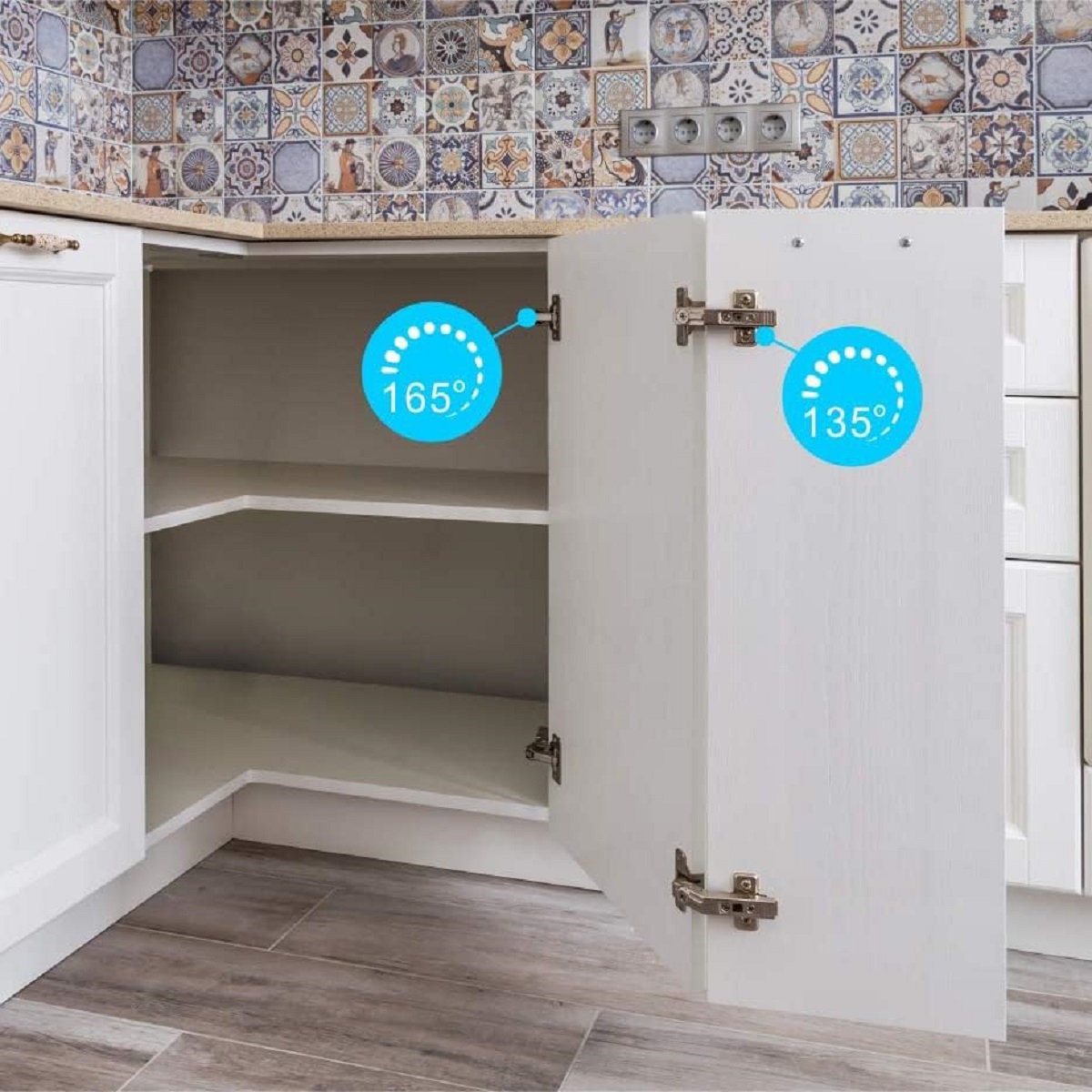
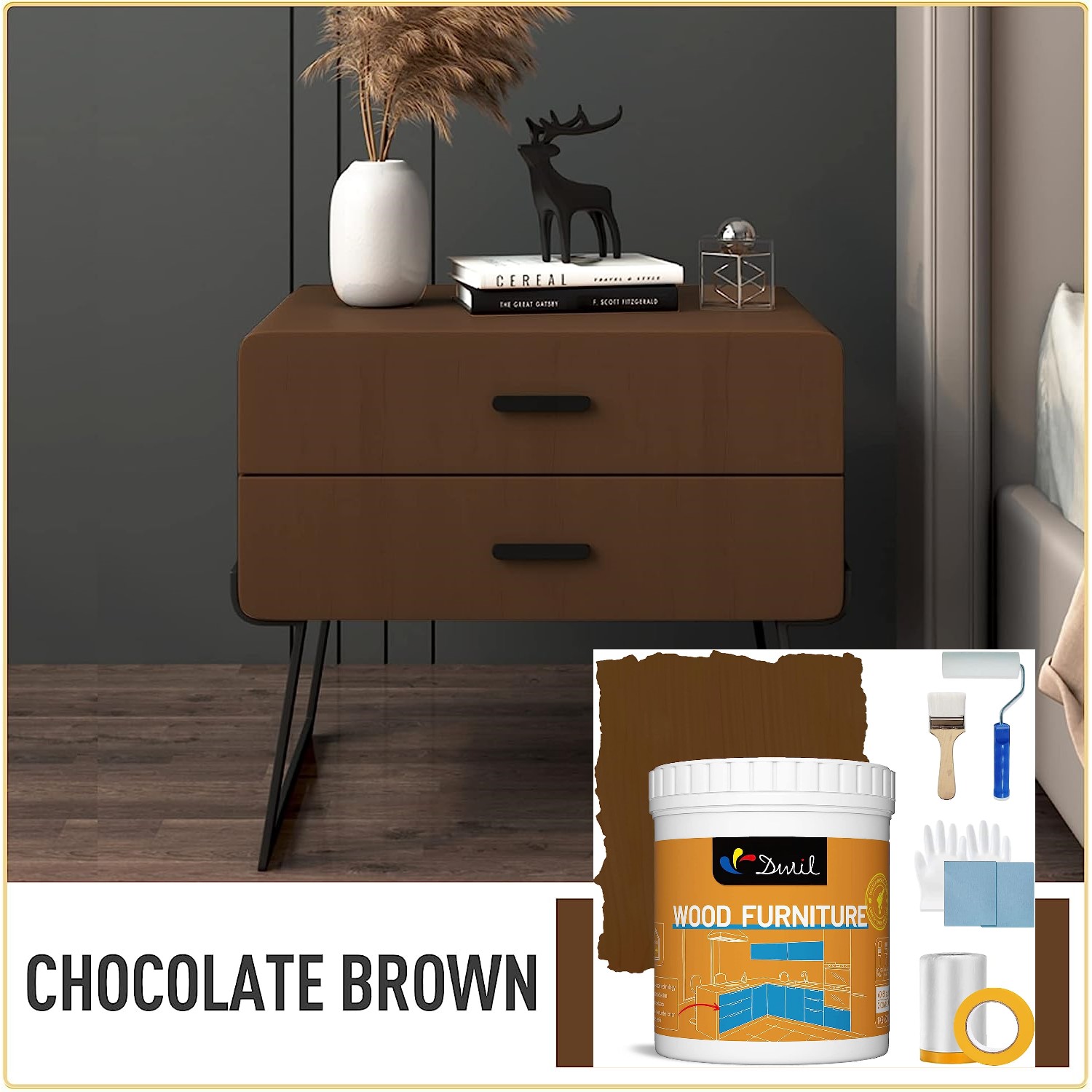
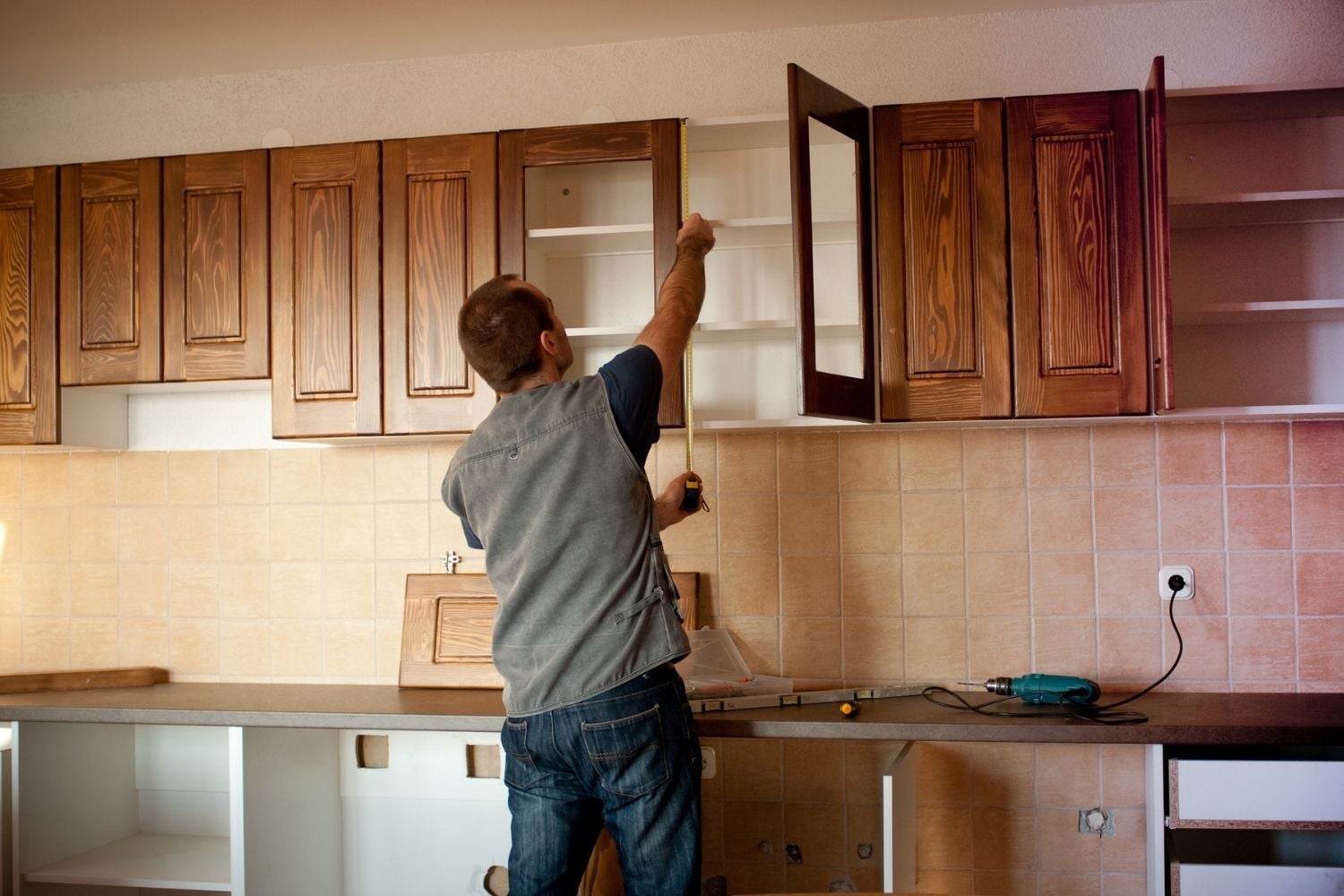
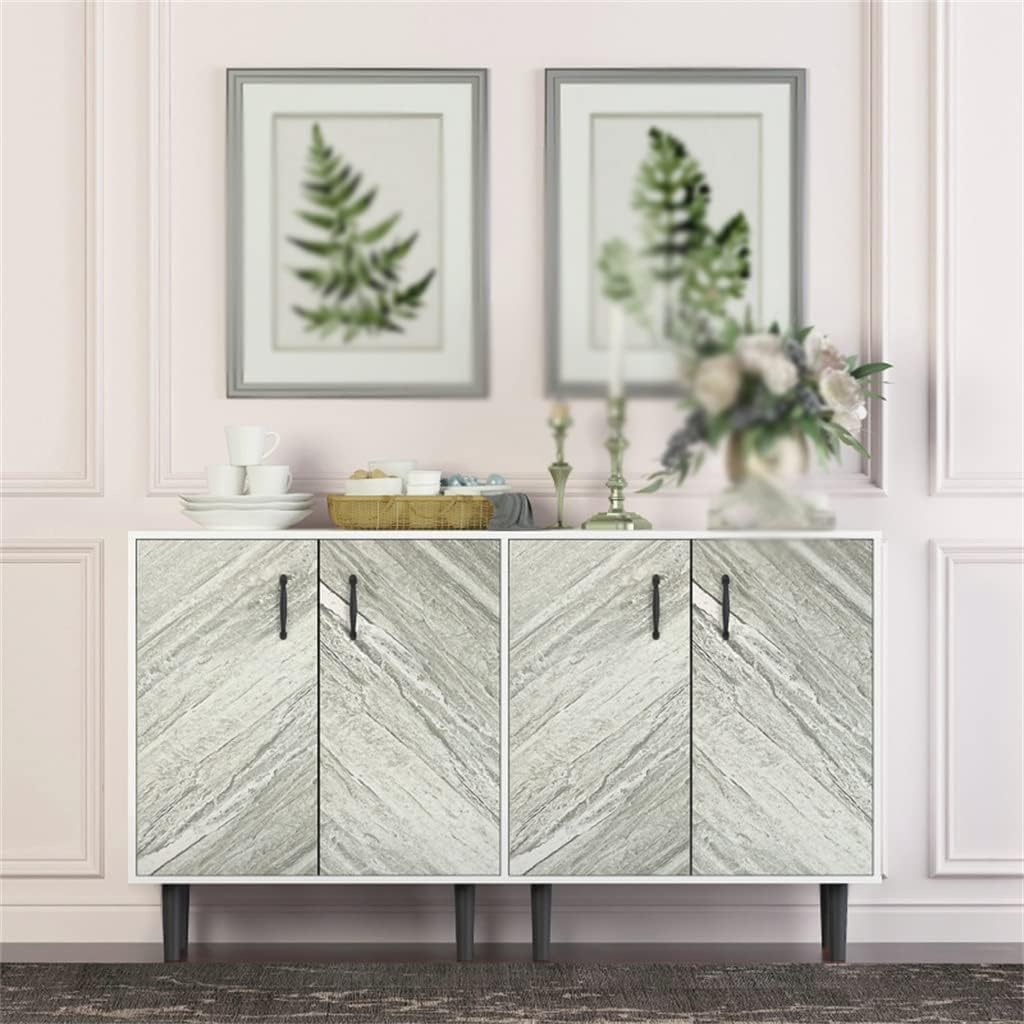
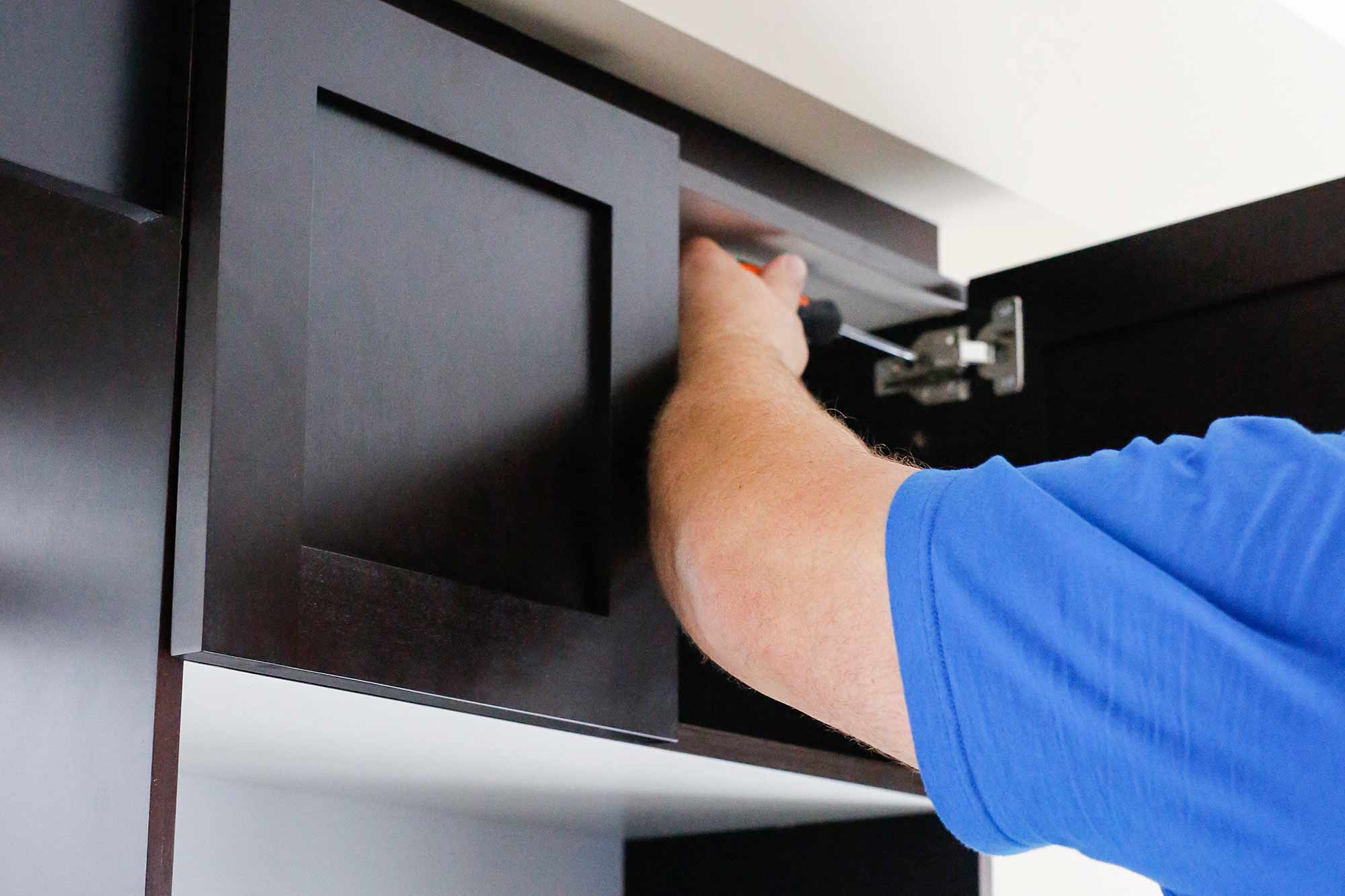
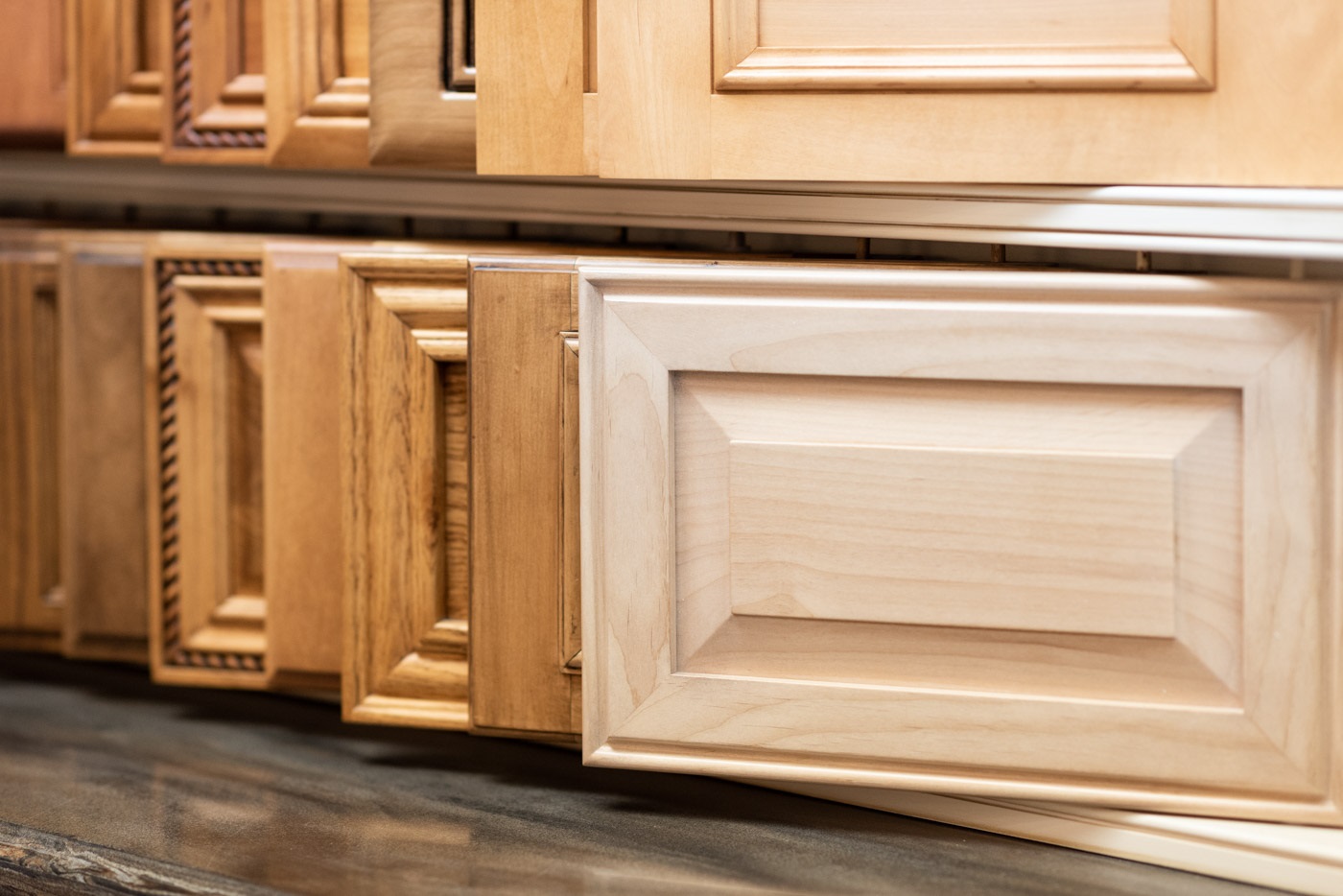
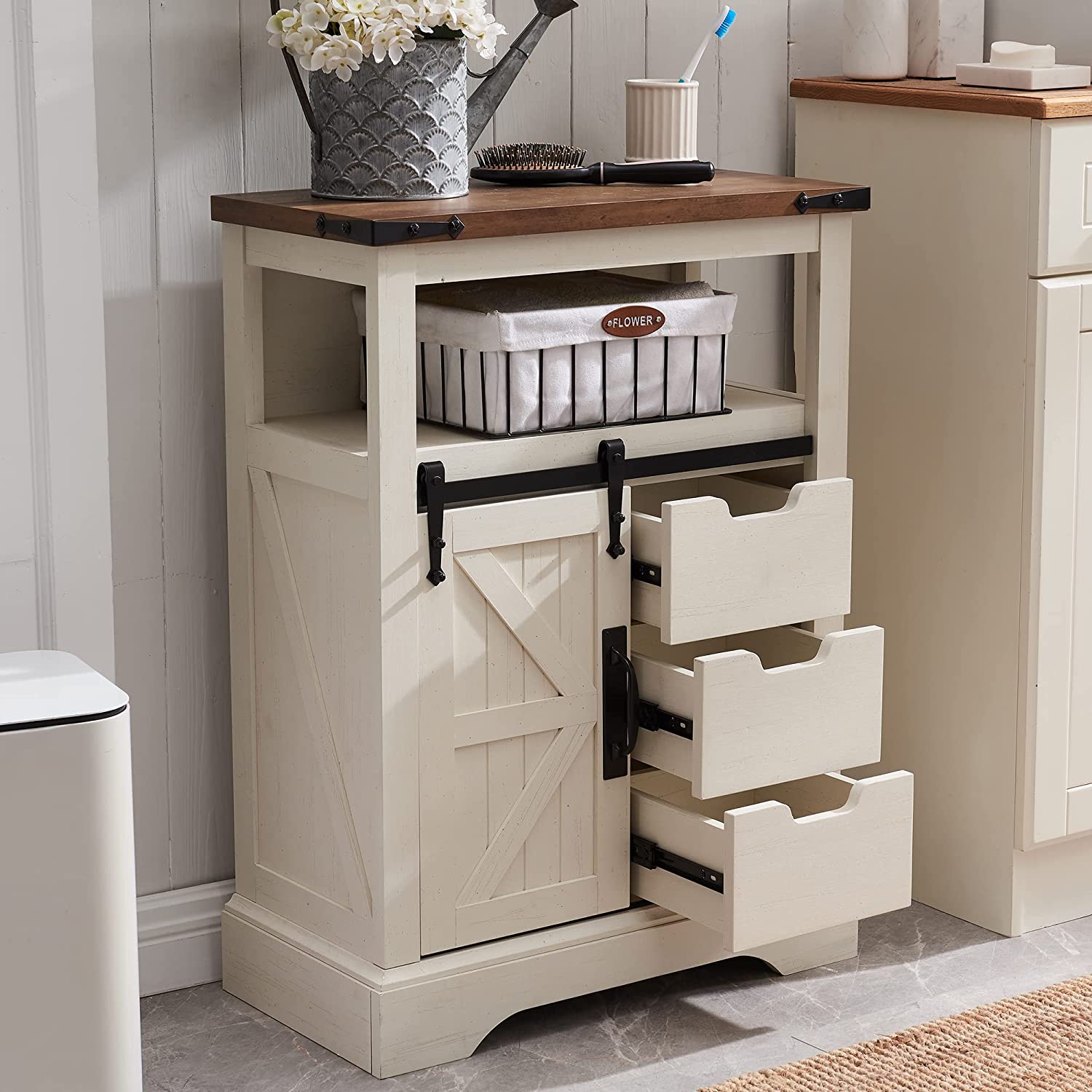
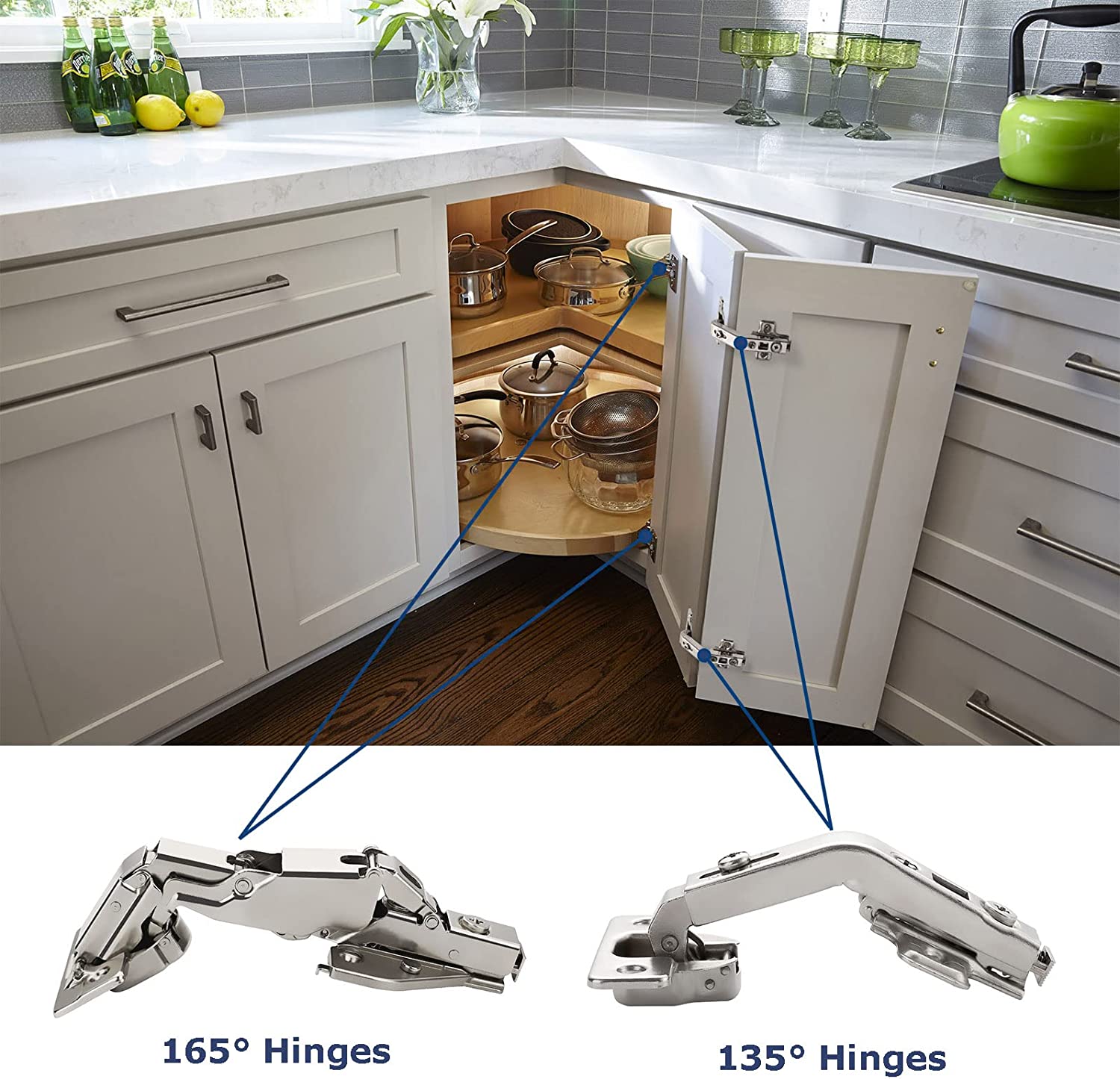
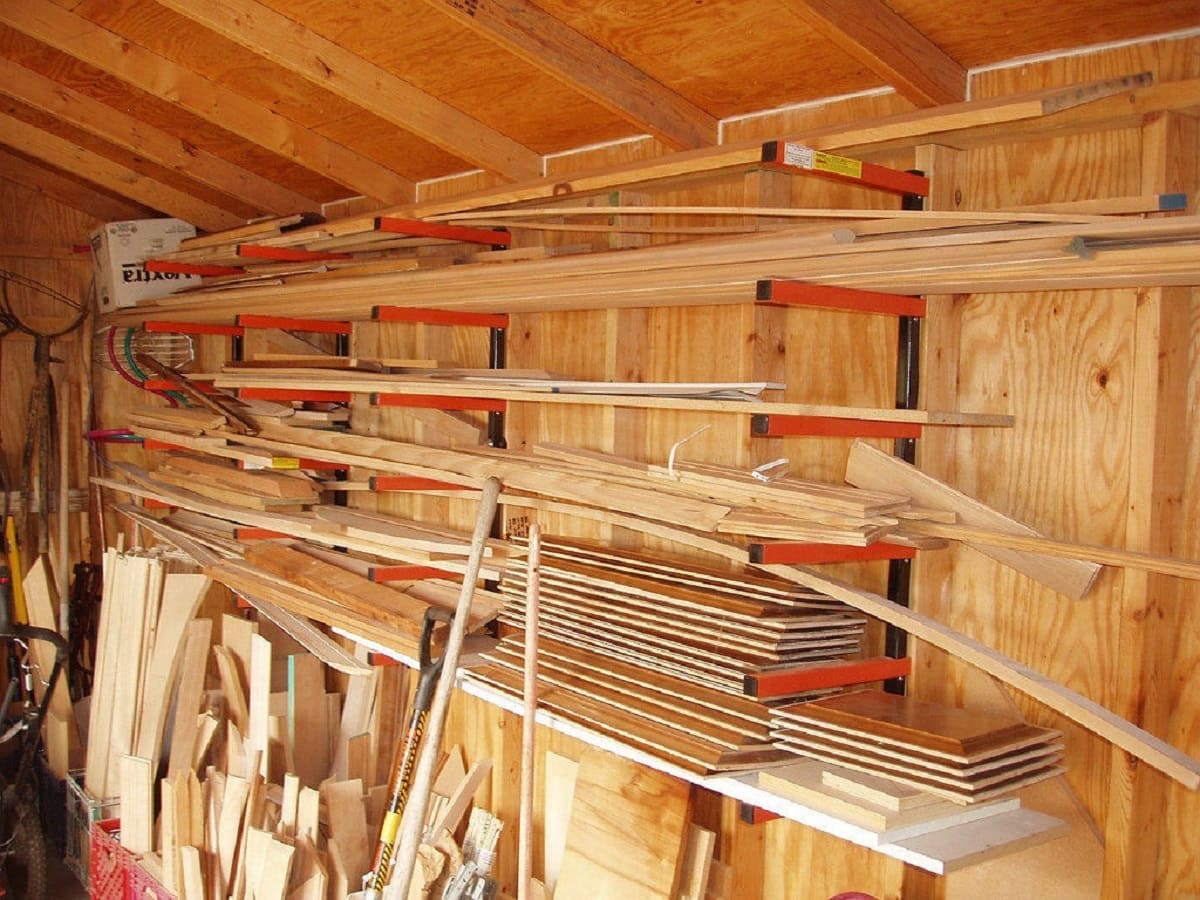
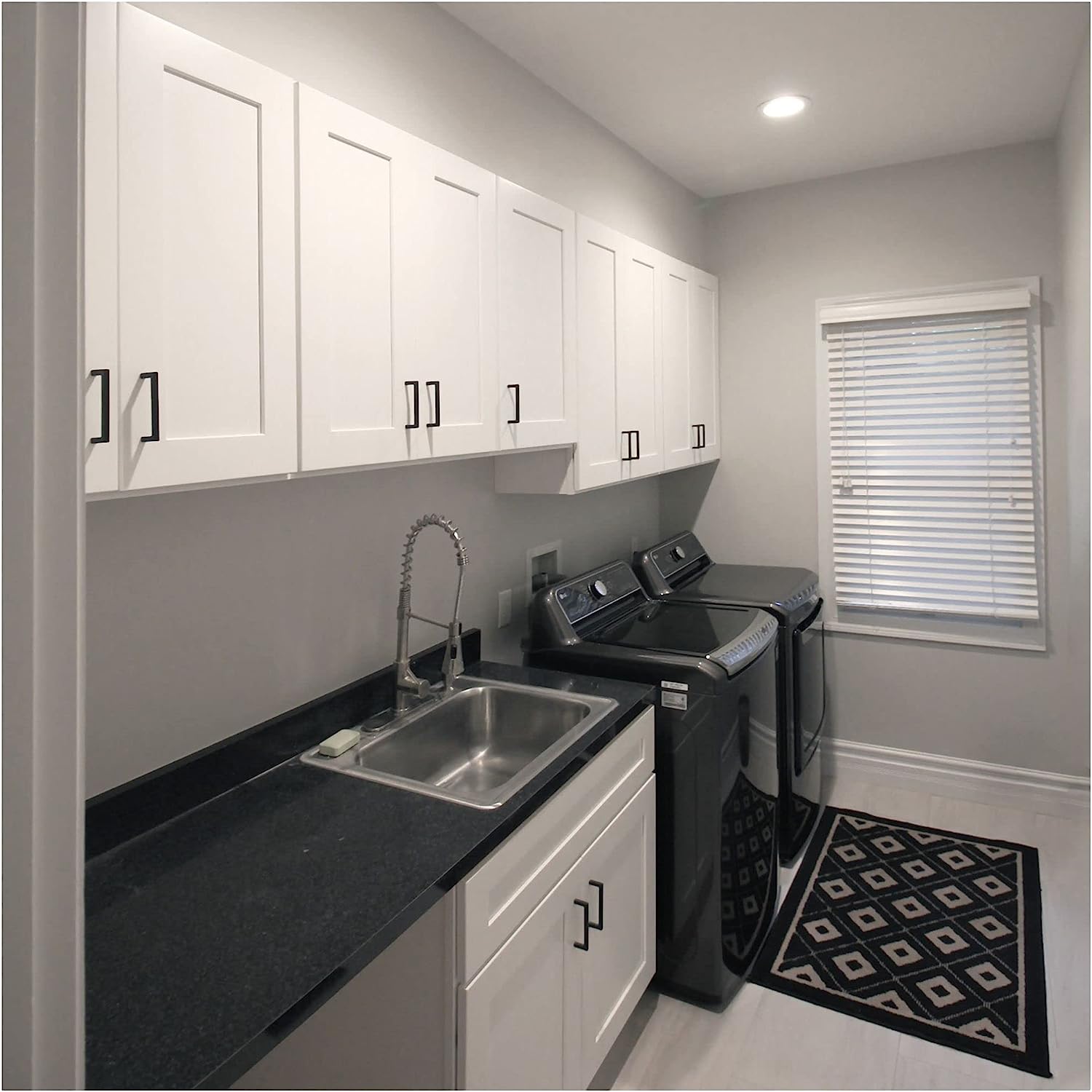
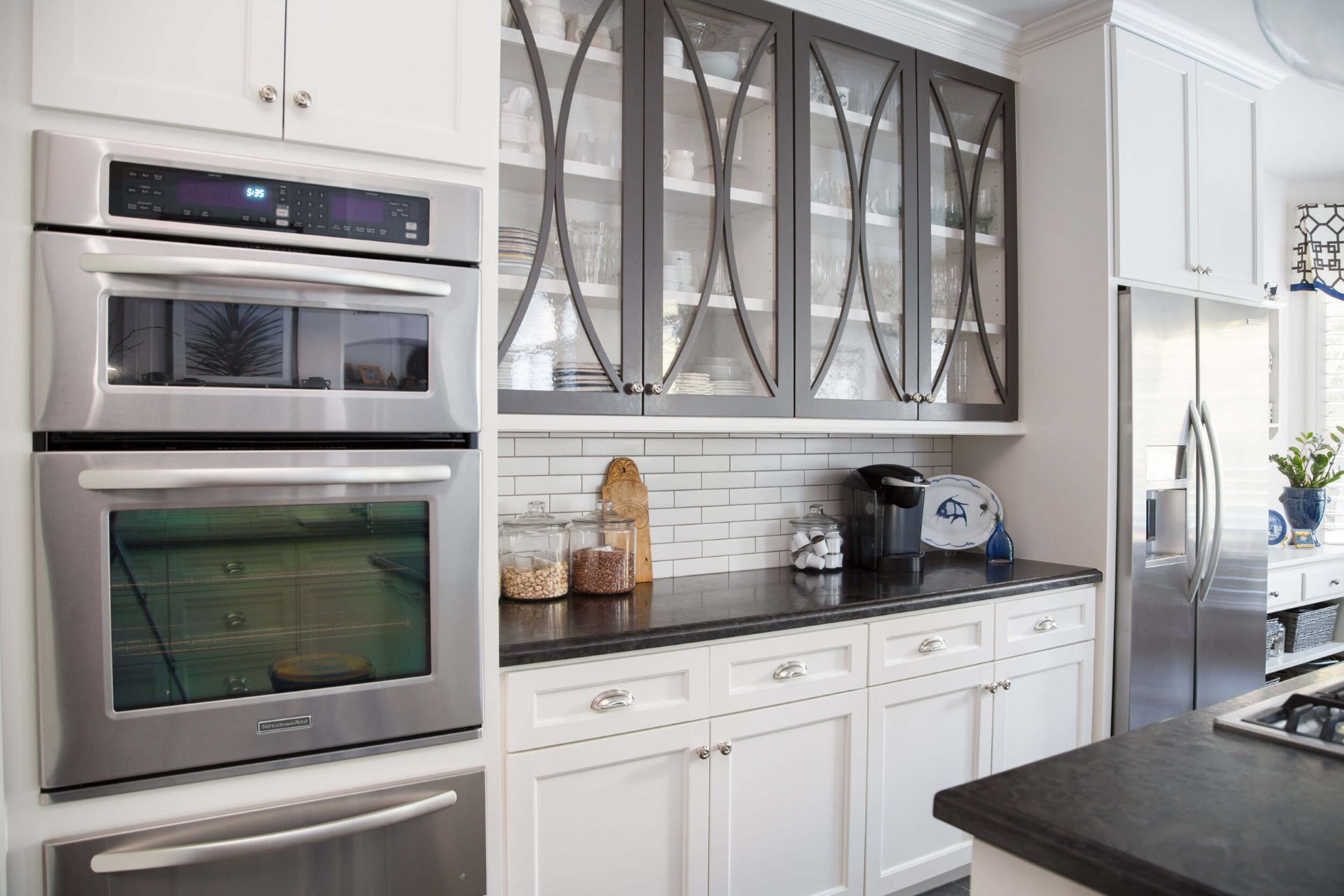
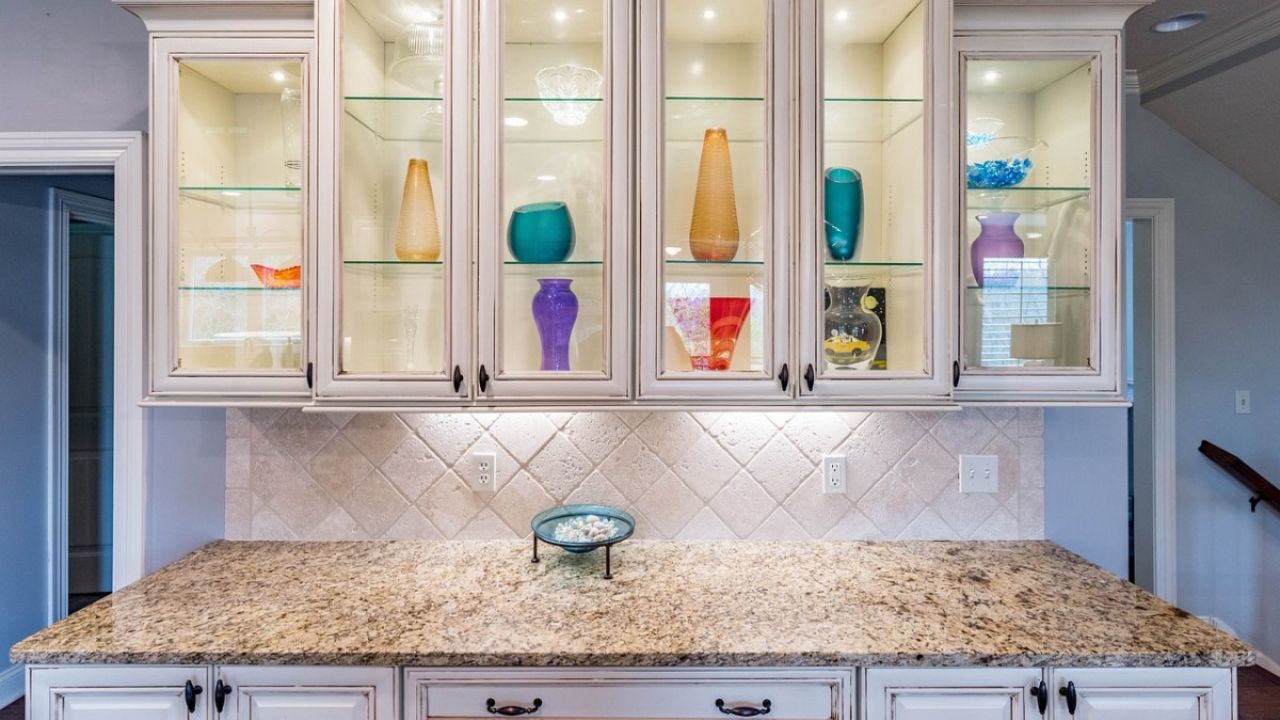
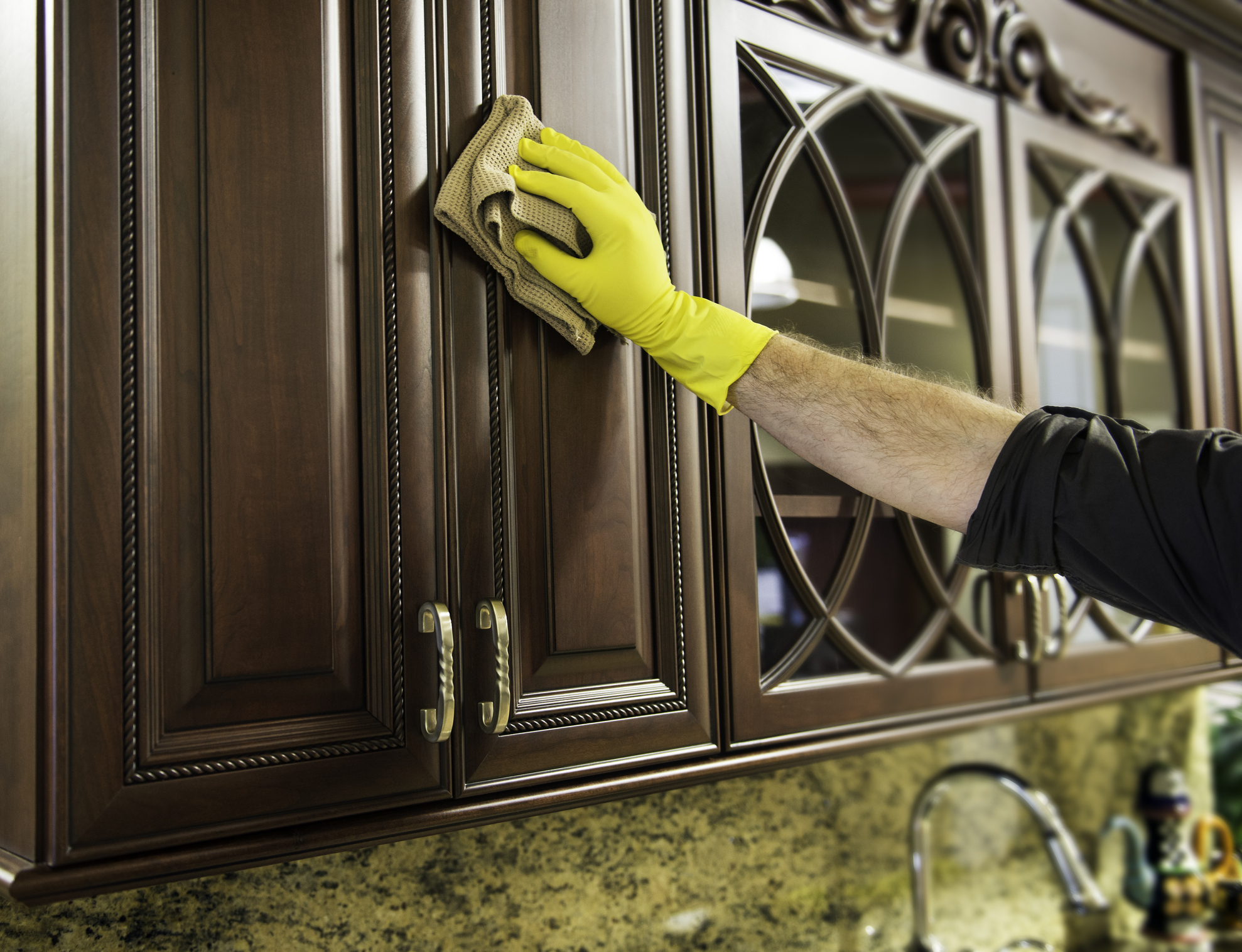

0 thoughts on “How To Fix Warped Cabinet Door”